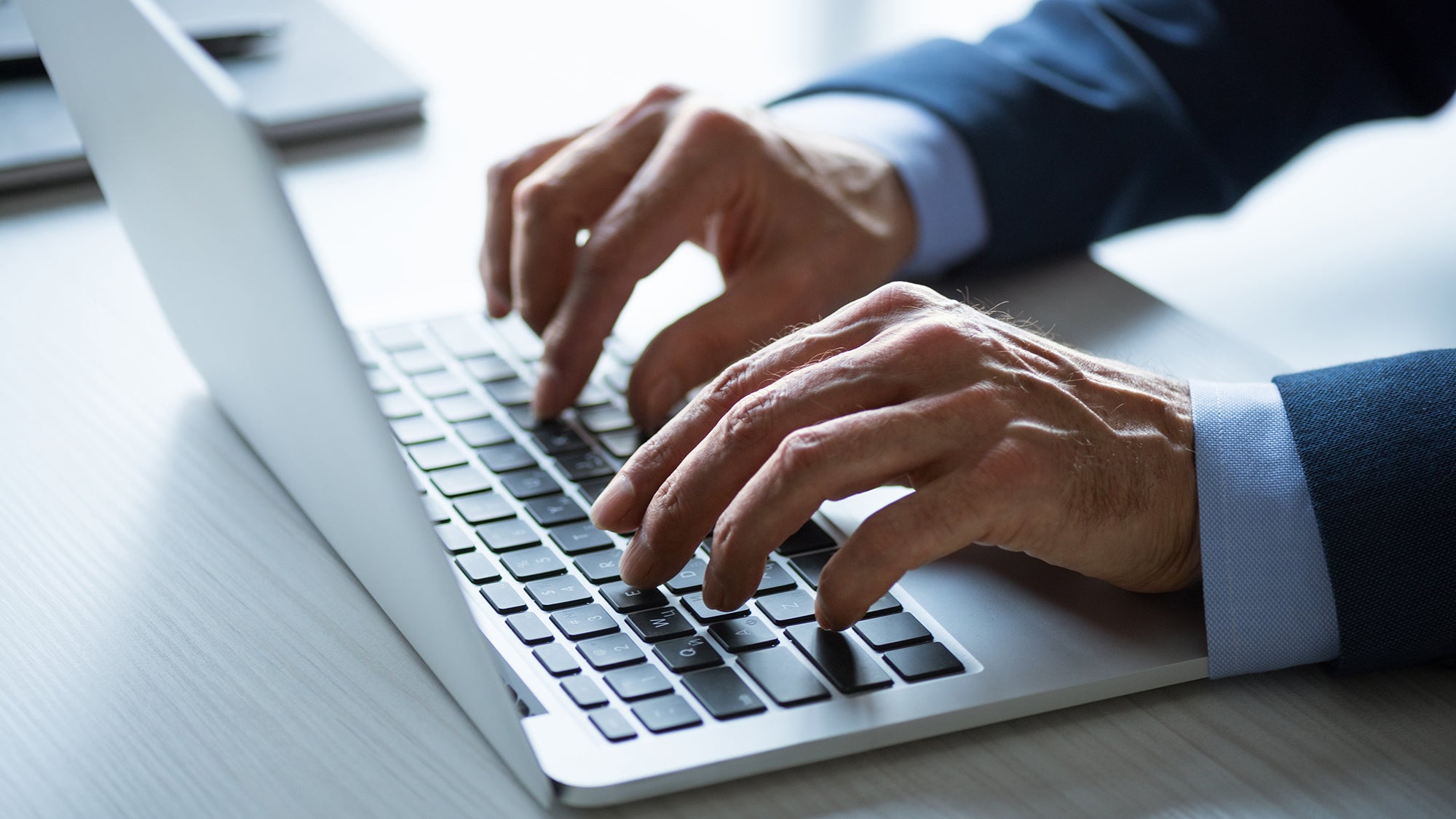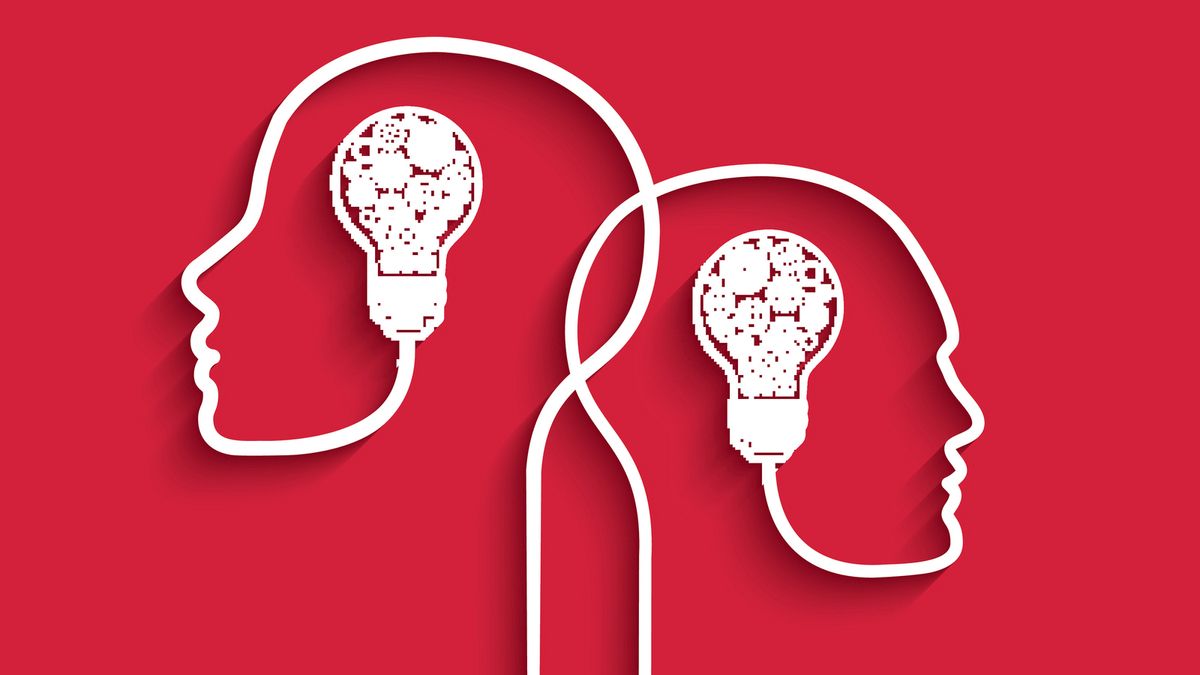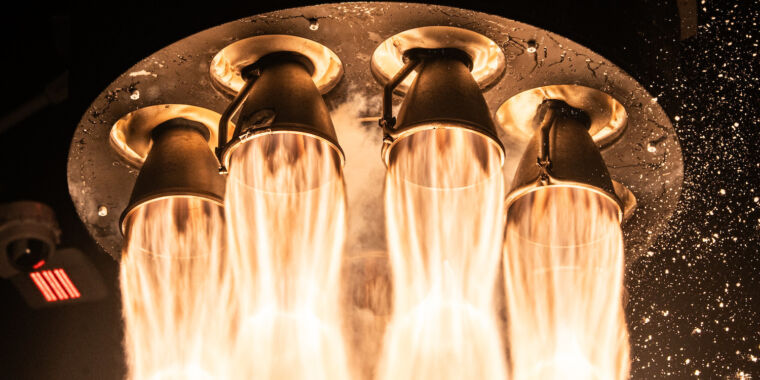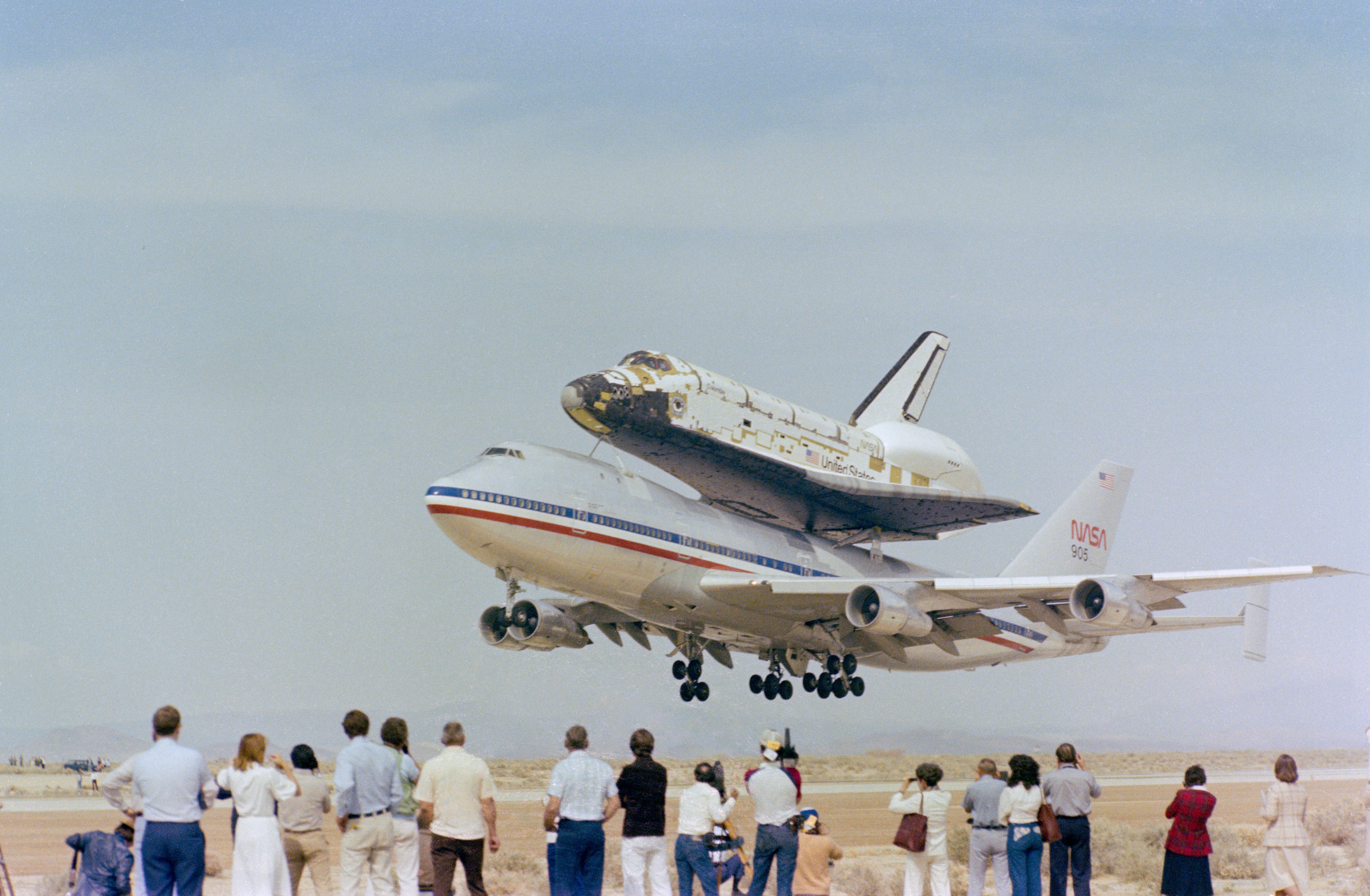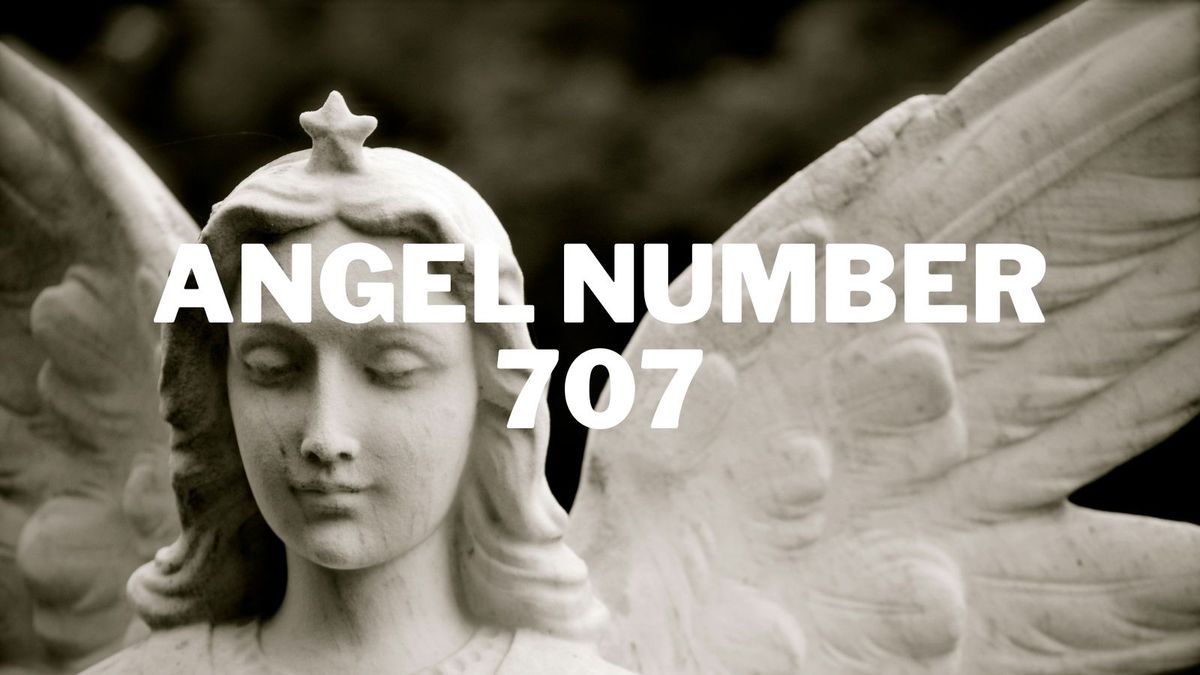[ad_1]
Jan Mars is so excited about the upcoming solar eclipse that she purchased 1,200 branded pairs of solar eclipse glasses for her clients and friends.
“Man, it was definitely one of those things you will remember for your whole life,” says the 58-year-old real estate agent based in Collierville, Tenn. of witnessing her first total solar eclipse in 2017. “I looked at when the next [solar eclipse] was on the way home from that one. I saw that [my brother’s ranch] was going to be in the middle of totality and I called him and said, ‘I hope you really are enjoying your ranch, because you got to keep it until then.’”
But where you purchase your glasses before the April 8 eclipse is important. Unsafe eclipse glasses were a significant problem in 2017, causing online retailers like Amazon to issue refunds and face a lawsuit by customers who purchased unsafe glasses. (The case was later dismissed in court.)
Here’s everything you need to know about how to purchase solar eclipse glasses, get them for free—and avoid fakes.
How to purchase safe solar eclipse glasses
Before purchasing solar eclipse glasses or viewers, be sure to check that the items are coming from the American Astronomical Society’s (AAS) list of trusted vendors. While the AAS previously issued a press release stating that most eclipse glasses are safe to use, the group recently discovered a pair of counterfeit glasses that did not meet the ISO 12312-2 standards that dictate how much ultraviolet and infrared light can be transmitted by the filters.
“It’s not smart to just go on Amazon, Etsy, eBay, or Google and search for eclipse glasses and buy whatever pops up,” says Richard Fienberg, project manager of the American Astronomical Society’s Solar Eclipse Task Force. “There are companies selling eclipse glasses under false pretenses. The two most likely false pretenses are the glasses have not actually been tested properly and shown to be safe, or the glasses are made in China but printed with information that says they’re made in America.” Where the glasses are manufactured matters because glasses must be tested by special equipment in an accredited lab.
As a part of the Solar Eclipse Task Force, Fienberg looks at companies’ test reports, and verifies their distributor, along with conducting a series of other checks, before adding them to the AAS list. (The list is not exhaustive, meaning there could be other sellers that are safe to purchase from.)
“If you see a company that claims to be on the AAS list, and then you go look at the AAS list and they’re not on it, that should tell you something,” says Feinberg. “They might have been on it in 2017. But we erased the list and started from scratch a few years ago.”
Amazon tells TIME that all solar eclipse glasses they sell must be ISO compliant and come from the AAS list. “We continuously monitor our store, and if we discover a product was undetected by our automated checks, we address the issue immediately and refine our controls. We take action to maintain a safe selection for our customers, including removing noncompliant products, and outreach to sellers, manufacturers, and government agencies for additional information, when appropriate,” says an Amazon spokesperson.
How to test for faulty eclipse glasses
Given the unreliable market, Fienberg suggests customers test out their eclipse glasses before April 8 to ensure they have a safe pair. To do so, he says you should first wear their eclipse glasses inside your home. If you can see the room and objects around you, that means your glasses are not dark enough and will not adequately protect you from the sun.
“There’s a few really really bright lights that you might be able to see through—like an old incandescent bulb, you might be able to see the filament, [or] if you have a halogen bulb,” Fienberg says. “If you do look through them and you can’t see anything, then you can actually go outside and take a really quick glance at the sun through them and probably find that the view is okay, it’s sharp, it’s not too bright, not too dim. Then you should feel pretty, pretty confident that they’re safe.”
How to get free eclipse glasses
The STAR Library Network is distributing five million eclipse glasses to more than 13,000 U.S. public libraries, according to the AAS. Interested patrons should check with their local library to see if they received any free pairs, and may also check possible locations with this map.
Some optometry offices, including MyEyeDr., are giving out free eclipse glasses at select locations. Warby Parker will also be offering free pairs in all stores starting April 1.
New York Gov. Kathy Hochul announced on Tuesday that the state will distribute free, limited edition “I love NY” eclipse glasses across 30 locations. You can check distribution centers here. You should also check if your local county or city is offering free glasses. Residents in Chautauqua County, New York for instance, can get glasses from a number of locations.
You might also be able to snag some at your local watch party. The Republic Square in Austin, Texas is giving out free solar eclipse viewers for the first 200 guests that attend.
When do you need to use eclipse glasses?
While you’ll be able to see the eclipse with your bare eyes once the moon completely covers the sun, or reaches totality, you must use solar eclipse glasses or viewers during the partial phases of the eclipse. That means that for the approximate hour leading up to—and the approximate hour after—the eclipse, your eyes need some sort of protection.
Fienberg says that those outside the path of totality—the roughly 115-mile wide path from which the total solar eclipse will be visible across 14 states—will have to use protection throughout the entire event.
Fienberg says that people can use solar eclipse glasses with their contact lenses or prescription glasses, but should not use any other objects to look more closely at the sun. “It is dangerous to put on a pair of solar eclipse glasses and then pick up a pair of binoculars and look through those,” he says. “If you do that, the extra light gathering power of those big front lenses on your binoculars is going to collect so much light that it’s going to burn through the solar filter and through your eye.”
Can you use old eclipse glasses?
If you have eclipse glasses from previous solar eclipses that crossed the U.S. in 2017 and 2023, they will still be safe to use in 2024, Fienberg says.
However, the AAS advises folks to inspect their old lenses for any holes, tears, scratches, or other damage. Older solar eclipse glasses can only be used if they are in good condition, the lenses have not gotten loose from the frames, or they do not show any other problems.
What if you don’t have solar eclipse glasses?
Those who don’t have eclipse glasses can still have a fun viewing experience by using pinhole projection. Instructions on how to make a pinhole projector can be found here.
Correction, March 20
The original version of this story misstated the type of service MyEyeDr. provides. They are optometrists, not ophthalmologists.
Maqvi News #Maqvi #Maqvinews #Maqvi_news #Maqvi#News #info@maqvi.com
[ad_2]
Source link








































